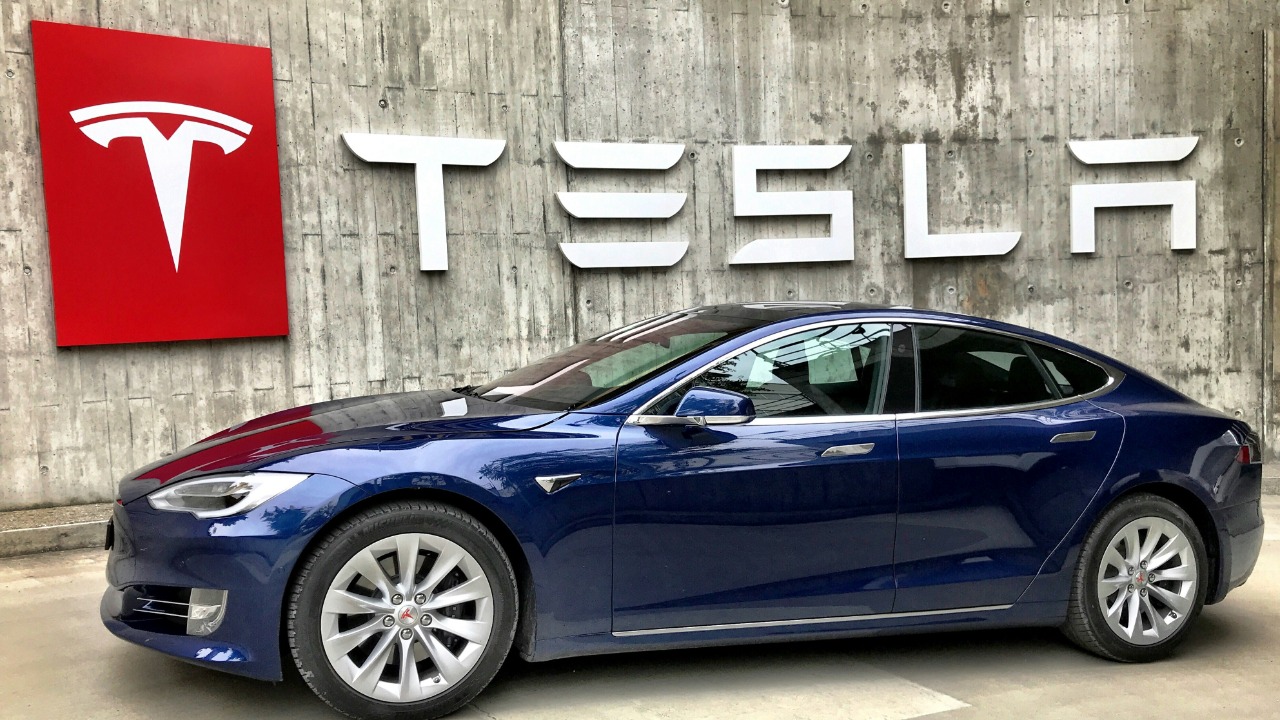
Federal investigators have turned their attention to Tesla’s Mad Max mode, a feature that allegedly allows the company’s electric vehicles to surpass speed limits. This investigation, initiated on October 27, 2025, is part of a broader examination of potential violations of federal safety standards, highlighting the increasing scrutiny of advanced driver-assistance technologies in the electric vehicle sector.
What is Mad Max Mode?
Mad Max mode is a software feature in Tesla vehicles that reportedly enables them to exceed posted speed limits. This mode is integrated with Tesla’s Autopilot or Full Self-Driving systems, allowing the vehicle to navigate traffic more aggressively. The activation of this mode is typically user-controlled, with drivers selecting it from the vehicle’s touchscreen interface.
While the exact technical specifications of Mad Max mode are proprietary to Tesla, it’s clear that the feature is designed to enhance the vehicle’s performance and responsiveness. However, the mode’s ability to override speed limits has raised safety concerns, leading to the current federal investigation.
The Federal Investigation Unfolds
The probe into Tesla’s Mad Max mode was initiated on October 27, 2025, as part of a broader safety review of advanced driver-assistance technologies. The National Highway Traffic Safety Administration (NHTSA) is the primary agency involved in this investigation, expressing concerns over the potential safety risks associated with speed limit defiance.
The scope of the investigation includes data collection from Tesla vehicles equipped with Mad Max mode. Depending on the findings, regulatory actions could range from software updates to recalls, and potentially even fines for non-compliance with federal safety standards.
Safety Risks of Speed Limit Overrides
The ability of Mad Max mode to defy speed limits could potentially contribute to higher accident rates. General automotive safety data suggests that excessive speed is a leading factor in traffic accidents, and the ability to override speed limits could exacerbate this risk.
While there have been no specific incidents linked to Mad Max mode at the time of reporting, there have been reported incidents and near-misses associated with Tesla’s Autopilot and Full Self-Driving features. These incidents highlight the potential risks of over-reliance on advanced driver-assistance technologies, particularly in high-speed scenarios.
Tesla’s Technology and Innovation Strategy
Tesla has a history of pushing the boundaries of automotive technology, with features like Mad Max mode designed to enhance performance and user experience. The company’s software update process allows for the rapid deployment of new features and modes without the need for hardware changes, a strategy that aligns with CEO Elon Musk’s vision for autonomous driving.
However, this approach to innovation often invites regulatory challenges. The current investigation into Mad Max mode is a clear example of this, as federal investigators examine whether the feature complies with safety standards.
Regulatory Landscape for Autonomous Features
Existing U.S. federal regulations on vehicle speed limits apply to all vehicles, including those with software-controlled overrides like Mad Max mode. The NHTSA oversees compliance with these regulations and has the authority to take action against automakers that violate them.
While Tesla’s Mad Max mode is unique in its ability to override speed limits, other automakers also offer advanced driver-assistance features that are subject to NHTSA oversight. The outcome of the investigation into Mad Max mode could set a precedent for how these features are regulated in the future.
Implications for Consumers and the EV Market
The investigation into Mad Max mode could affect consumer trust in Tesla’s safety claims, potentially influencing purchasing decisions. If the feature is found to violate safety standards, it could lead to recalls or software updates, impacting the ownership experience for Tesla drivers.
The broader electric vehicle industry could also be affected by heightened scrutiny of advanced driver-assistance features. If regulators tighten restrictions on these features, it could slow the adoption of new technologies and impact the pace of innovation in the sector.
Finally, the economic implications of the investigation should not be overlooked. The announcement of the probe on October 27, 2025, could affect Tesla’s stock price and investor confidence, reflecting the broader market’s sensitivity to regulatory actions.
More from MorningOverview